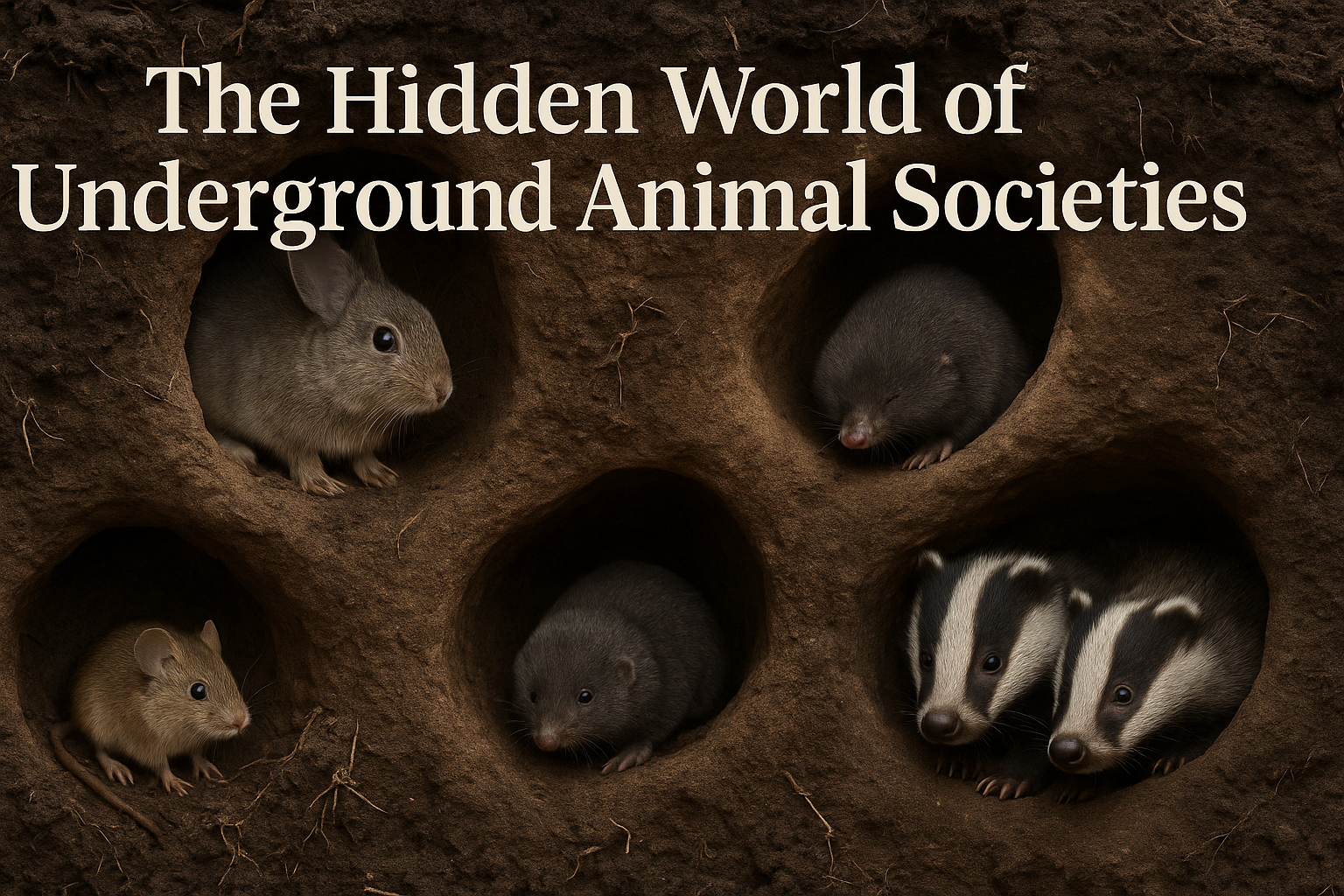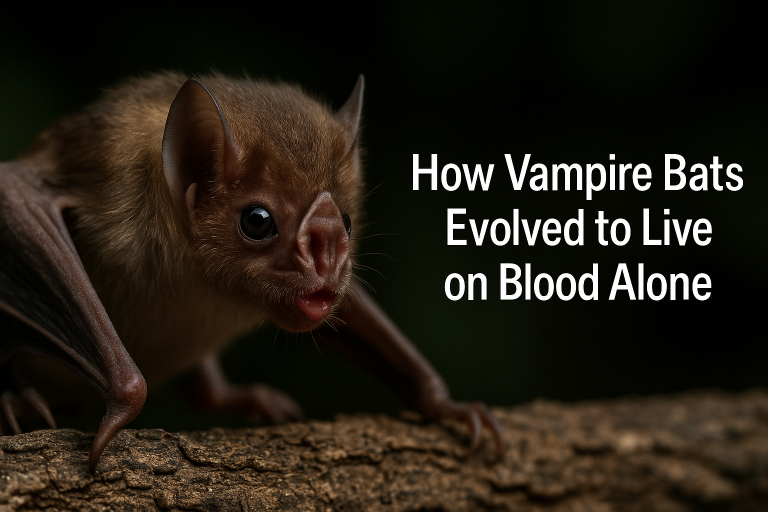Beneath the surface of forests, deserts, and grasslands lies a secret network of sophisticated animal societies—complete with specialized labor, intricate architecture, and complex communication. These underground civilizations, built by ants, naked mole-rats, prairie dogs, and other subterranean species, rival human cities in their organization and efficiency.
This article uncovers the hidden lives of these underground dwellers, exploring their social structures, survival strategies, and the remarkable intelligence that drives their subterranean worlds.
1. Ant Megacities: The Ultimate Superorganisms
Engineering Marvels of the Insect World
Ant colonies are among the most advanced underground societies, with some housing millions of individuals in meticulously designed tunnels.
Key Features of Ant Colonies:
-
Ventilation Systems: Some species create airflow channels to regulate temperature and CO₂ levels.
-
Waste Management: Designated “garbage chambers” keep living areas clean.
-
Farming Practices: Leafcutter ants cultivate fungus gardens as their primary food source.
A 2023 study in Nature revealed that certain ant species use collective decision-making to expand their nests, voting on new tunnel directions through body vibrations.
The Social Hierarchy of Ants
| Caste | Role |
|---|---|
| Queen | Sole egg-layer, colony founder |
| Workers | Foragers, nurses, builders |
| Soldiers | Defenders with enlarged mandibles |
2. Naked Mole-Rats: The Mammalian Termites
Eusocial Mammals with a Queen
Unlike most mammals, naked mole-rats live in ant-like colonies with a single breeding queen and sterile workers.
Bizarre Adaptations for Underground Life:
-
Pain Immunity: Insensitive to acid burns (common in cramped tunnels).
-
Cancer Resistance: Almost never develop tumors.
-
Metabolic Flexibility: Can survive 18 minutes without oxygen.
Researchers at the University of Cambridge are studying their DNA for human anti-aging and cancer treatments.
3. Prairie Dog Metropolises: The “Cities” of the Plains
Subterranean Urban Planning
Prairie dog towns can span hundreds of acres with thousands of residents. Their tunnels include:
-
Sleeping chambers lined with grass.
-
Listening posts near entrances to detect predators.
-
Flood-proof designs with elevated nesting areas.
A Language More Complex Than Dolphins
Studies show prairie dogs have distinct calls for:
-
Specific predators (“human with gun” vs. “hawk”).
-
Colors and shapes (“tall thin human in blue”).
-
Novel objects they’ve never seen before.
4. Desert Subterranean Specialists
Sand-Diving Lizards
-
Build spiral burrows that use convection cooling.
-
Some remain underground for 9 months per year.
Fog-Harvesting Beetles
-
Namib Desert beetles construct condensation channels in their burrows.
-
Collect 12% of their body weight in water nightly.
5. The Dark Ecosystem: Life Without Sunlight
Alternative Energy Sources
-
Root farmers (pocket gophers cultivating tubers).
-
Fungal cultivators (termites farming mushrooms).
-
Chemosynthetic symbiosis (tube worms with bacteria converting sulfur).
Evolutionary Trade-Offs
-
Blind cavefish navigate via lateral line pressure sensing.
-
Olfactory bulbs 300% larger than surface relatives.
6. Threats to Underground Societies
Human Impacts
-
Agriculture collapses tunnel networks.
-
Urban development directly destroys colonies.
-
Climate change alters critical soil moisture levels.
Conservation Solutions
-
Wildlife corridors for subterranean species.
-
Ground-penetrating radar surveys before construction.
-
Artificial burrow systems for displaced animals.
Conclusion: Lessons from Below
These underground civilizations demonstrate that advanced societies don’t require sunlight—just evolutionary creativity. As we uncover their secrets, we gain:
-
Biomimicry inspiration for sustainable architecture.
-
Medical breakthroughs from extremophile adaptations.
-
Humility about intelligence in life’s least visible forms.
The next time you see an anthill, remember—you’re looking at the tip of a skyscraper in a civilization that might outlast our own.




Leave a Comment